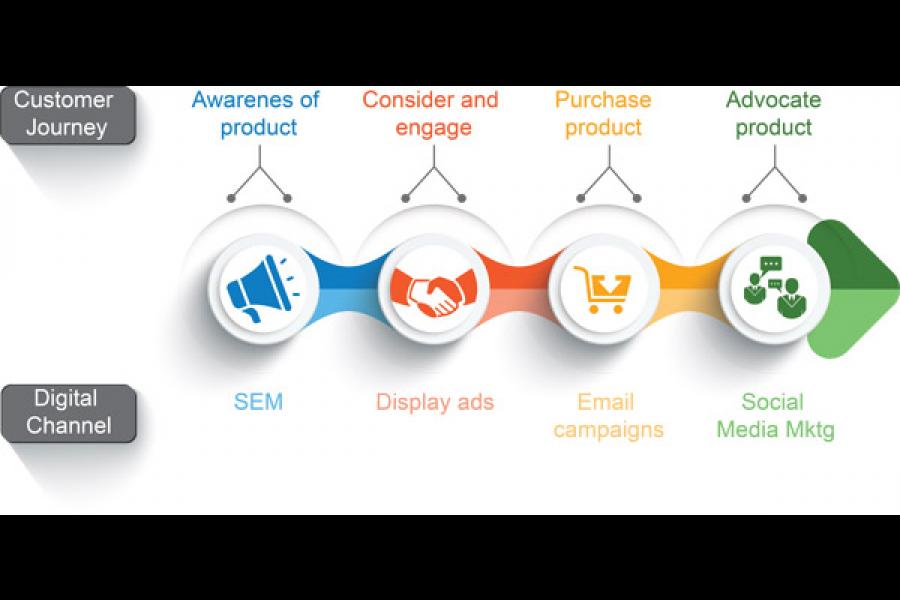Digital marketing: Channelling ad spend for a better return on investment
Campaigns must be designed keeping in mind the company goals and the customers it wishes to target
Marketing has now firmly gone online compared to the earlier traditional channels and with companies spending approximately $23 billion on internet advertising in the first half of FY 2014[1], it also comprises a significant part of the advertising budget. The internet has always been the Wild West and marketing on it follows suit. Most companies tend to plough their budgets into channels which are popular or rather the flavour of the season. Search ads were particularly popular in the recent past with over 20 percent of the internet ad budget going to search or pay-per-click (PPC) ads. But Google Analytics indicates that only 30 percent of users click on search ads, whereas 70 percent will click on organic or free listings provided by Google – in which case, are we missing out on other channels such as display ads, email campaigns, mobile, and social media ads?
As usual, there is no clear answer except that there are ‘horses for courses’ and each company needs to study its demographic, consumer needs, position in the customer engagement cycle, and goals for the particular ad campaign. For instance, in certain product segments, paid search overwhelmingly outperforms organic search listings, similarly while its click-through rate (CTR) at 0.5 percent is higher than the CTR for display ads (<0.1 percent), so is its cost at $0.92 to click( CTC). Social media ads fare worse with a CTR of <0.04 percent for Facebook ads, while email campaigns on the other hand, show a return of $44 for every $1 ad spend. This brings us to answering the all-important question of which channel (courses) to choose for our ads (horses)?

The answer, of course, lies partly in the goals of the ad campaign and the customer segment that it targets. A good starting point is to look at the customer online journey and choose channels which are appropriate for the particular stage of customer behaviour.
To build ‘awareness’ of newly launched products and services, search ads prove useful in building brand recognition, but when a customer is ‘considering’ a purchase, it is important to engage with the customer through targeted display ads which build on his search history and influence his decision. While ‘purchasing’ the product at an e-shop, it might be wise to have targeted email campaigns with special offers to ensure a sale. A satisfied customer on the other hand has to be co-opted into becoming a brand ambassador to ‘advocate’ the product on social media – hence an investment in creating and co-opting followers, contributors, and members onto social media ad pages is prudent.
Of course, the ad spend across these channels will be dynamic and hence measuring the ‘return on ad spend’ across this entire cycle and continuously optimising it across the customer journey will ensure we get the maximum ROI for our digital ad budgets.
- By Shyam Rao, Head – Digital Business Services, Infosys BPO
--------------------------------------------------------------------------------
[1] IAB/PwC Internet Ad Revenue Report, HY 2014
The thoughts and opinions shared here are of the author.
Check out our end of season subscription discounts with a Moneycontrol pro subscription absolutely free. Use code EOSO2021. Click here for details.